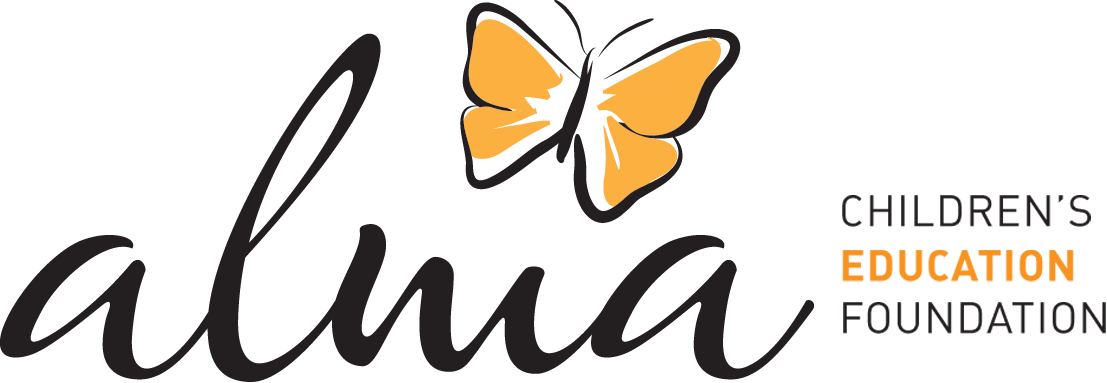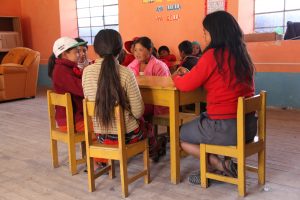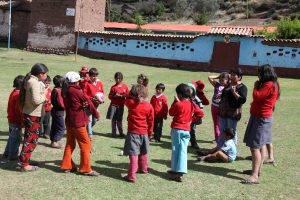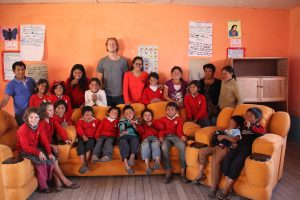As defined by the OECD, “the Programme for International Student Assessment (PISA) is a triennial international survey which aims to evaluate education systems worldwide by testing the skills and knowledge of 15-year-old students.” In the OECD’s most recent PISA (Programme for International Student Assessment) exam, given in 2012, Peru ranked last of the participating 65 developing countries in math, science, and reading comprehension.
The “Biblioteca” project in San Lorenzo aims to improve the community’s 23 primary school students’ educational performance by offering reinforcement workshops in the afternoon. The workshops will take advantage of working outside of regular school hours by complimenting the more formal education they receive in the classroom with a fun, creative, and flexible model reinforcing reading comprehension, creativity, communication, and critical thinking. By bridging these themes with activities based on the students’ interests, the students can develop the analytical skills necessary to grow academically while playing and pursuing their own interests and creativity.
After discussing their interests with students and based on previous experience in other communities, we came to the consensus that the workshops will be built around a series of student-elected research projects.
Research Projects:
- The research projects will have a duration of 4-5 weeks each, culminating in a public presentation of each students’ findings to their parents, teachers, and peers.
- Students, in groups of 5 or 6, choose an activity (ex: marbles, tops, jump rope, photography, hop-scotch, song and dance, drawing, building blocks, etc.) from a provided list at the beginning of each new project. Each new project will be related specifically to one of their school subjects. These activities have been selected because of their prevalence in Andean communities or because of strong student interest in past projects.
- Using the steps of scientific method, students must then document all details of the activity and how the activity can be used to learn the project’s defined school subject.
- The chosen activity and the investigation process is documented by the students (written reports, diagrams/drawings, video interviews, photos, work samples, etc,) which are used to build a bank of data for their presentation and as a student e-portfolio managed by the teacher.
- Students present findings in public presentation to their parents, teachers, and peers.
By allowing students to choose a fun activity and challenging them to make the link between the activity and a specific school course content, students must: approach play from a critical and analytic point of view; practice their course content in the context of play; reflect on their investigation process and outcomes in order to present them; create creative connections between play and academic lessons. The presentation provides motivation for the students to excel in their investigation.
Not only do the students practice the course content from their classrooms, but they also must develop their critical thinking, analytic, and creative skills. By not only receiving information but, more importantly, questioning, evaluating, and reflecting on it, the normally wrote academic lessons become an animate part of their daily lives through which meaningful learning can occur.
This project was completed in 2016.



